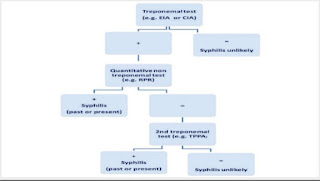Spontaneous Reduction of Obstructed Hernia Under General Anesthesia: A Radiology and Surgery Perspective
Imagine preparing to operate on an obstructed hernia… and as soon as general anesthesia (GA) is induced, the hernia disappears.
No bulge. No obstruction. No need for surgery, right?Wrong.
🔍 What Just Happened?
The phenomenon is called spontaneous reduction, where the hernia slips back into the abdominal cavity due to muscle relaxation under GA. While it may seem like a stroke of luck, this can dangerously mask underlying bowel ischemia or obstruction.
🩺 Surgical Perspective: The Hidden Danger
Muscle relaxation under GA reduces intra-abdominal pressure, allowing herniated bowel to reduce.
This is especially common in inguinal and femoral hernias.
It might falsely reassure the team that surgery is no longer needed.
But what if the reduced bowel is non-viable or strangulated?
If you close the case without inspecting the bowel, you risk missing ischemia, which may lead to perforation, peritonitis, or death.
🚩 The most feared complication:
"Reduction en masse" — the bowel reduces, but obstruction or strangulation persists inside the peritoneal cavity.
🩻 Radiology Perspective: Don't Let the Sac Fool You
If imaging is done before GA:
You may see the herniated segment, signs of obstruction, or even ischemia.
If imaging is done after spontaneous reduction:
The hernia sac may look empty.
Key radiological signs to still look for:
Persistent bowel wall thickening.
Non-enhancing bowel loop.
Free fluid, mesenteric edema.
Pneumatosis or gas in portal veins (late sign of ischemia).
🧠 If the bowel looks abnormal but the hernia sac is empty — raise the alarm. It may be a reduced but strangulated hernia.
💡 Key Takeaways
Spontaneous reduction after GA can mask serious pathology.
Always correlate with pre-op findings and imaging.
When in doubt, look inside — an empty hernia sac does not guarantee a healthy bowel.
✍️ Blog written by Dr. Upasana — Radiology Resident & Medical Content Creator
📚 Follow @radioglia for more practical radiology-surgery insights.



Comments
Post a Comment